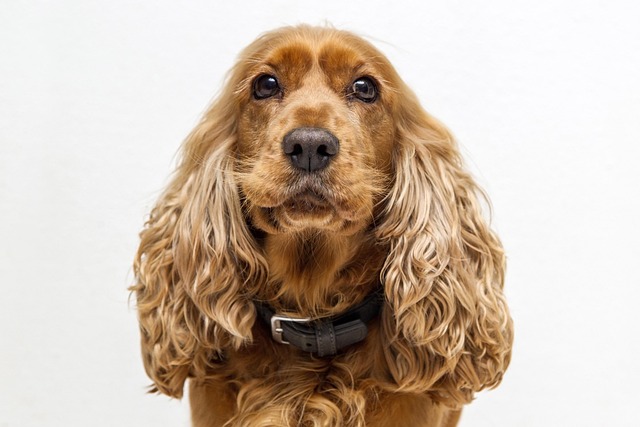You've perfected the whistle, practiced the command, yet your furry companion bolts toward the squirrels as if your voice is mere background noise. That sinking feeling when your dog doesn't listen to recall isn't just frustrating; it can be downright dangerous near roads or unfamiliar territory. Understanding why this happens is the crucial first step towards building reliable responsiveness. Often, the root isn't stubbornness but a complex mix of psychology and environment. Is your dog utterly absorbed in a fascinating scent trail, experiencing a sudden wave of fear triggered by a loud noise, or simply finding chasing that leaf far more rewarding than your praise? An unfamiliar park bustling with other dogs and people presents overwhelming distractions, making even a well-trained recall falter. Recognizing these specific triggers – whether internal motivations or external environmental factors affecting dog recall – is essential before effective training can truly begin.
Your dog's emotional landscape profoundly influences their ability or willingness to obey a recall command. Recall requires focus and a conscious choice to disengage from something compelling. A dog pulsing with excitement from play, gripped by anxiety from a passing truck, or startled by an unexpected sight isn't ignoring you maliciously; their brain is simply overwhelmed. That excited zoomie state or the tense posture signaling fear means their capacity to process your command is drastically reduced. This is where keen observation becomes paramount. Learning to read the subtle shifts in body language – a stiff tail, pinned ears, excessive panting, or hyper-focused staring – provides vital clues about their current state. Pushing a recall when your dog is clearly stressed or over-aroused sets everyone up for failure. Empathy, recognizing their emotional reality in that moment, is not weakness; it's the foundation of smarter training.
Forcing compliance through harsh corrections might create momentary obedience but erodes the trust needed for truly reliable recall, especially in high-distraction scenarios. The goal shifts from demanding "Come!" to fostering a genuine desire in your dog to check in with you. This hinges on strengthening your bond and communication. Positive reinforcement isn't just about treats; it's about strategically using what *your* dog finds most valuable – perhaps a game of tug, enthusiastic praise, or a special squeaky toy produced only for recalls. Consistency in your cues (using one distinct recall word or sound every single time) and ensuring every single successful recall, especially early on or in challenging spots, results in a genuine jackpot celebration builds powerful positive associations. Think less drill sergeant, more enthusiastic teammate. Improving dog recall with psychology means making yourself the most exciting and rewarding option available.
Expecting flawless recall in a chaotic dog park on day one is unrealistic. Skillful environmental management is your training ally. Start where success is almost guaranteed: a quiet, familiar room indoors with minimal distractions. Master the recall here before gradually introducing complexity. Move to a fenced backyard, then perhaps a very quiet, familiar outdoor space early in the morning. Key strategies include using a long training leash (15-30 feet) in transitional environments; it provides safety and a gentle guiding option without constant tension. Actively minimize distractions during initial training sessions – choose quieter times, avoid areas teeming with squirrels or other dogs initially. Notice what typically pulls your dog's attention away. Is it birds? Other dogs? Children playing? Gradually expose them to these environmental factors affecting dog recall at a distance where they can still successfully respond, slowly decreasing that distance as their skill and impulse control improve. Control the environment to set your dog up for wins.
Transforming recall from unreliable to dependable requires a practical, layered approach addressing both mind and setting. Begin indoors: call your dog enthusiastically from just a few feet away, showering them with high-value rewards (like small bits of chicken or cheese) and joyful play *immediately* upon arrival. Never call for something they perceive as negative, like ending playtime abruptly or bath time. Practice multiple short, positive sessions daily. Graduate to the backyard using the long line. Let them sniff or wander, then call. If they hesitate, gently reel in the slack without jerking, then reward *heavily* when they reach you. Introduce mild distractions deliberately – have a family member walk calmly at a distance, toss a boring toy nearby. Reward massively for ignoring it and coming to you. How to get dog to come when called amidst higher distractions? Practice near a quiet park edge first, using the long line for safety. Call before they get deeply focused on a distraction. If they fail, calmly use the line to guide them back, then reset to an easier scenario. Patience and celebrating small victories are non-negotiable. Reliability is built incrementally through countless positive repetitions and strategically managed challenges.





